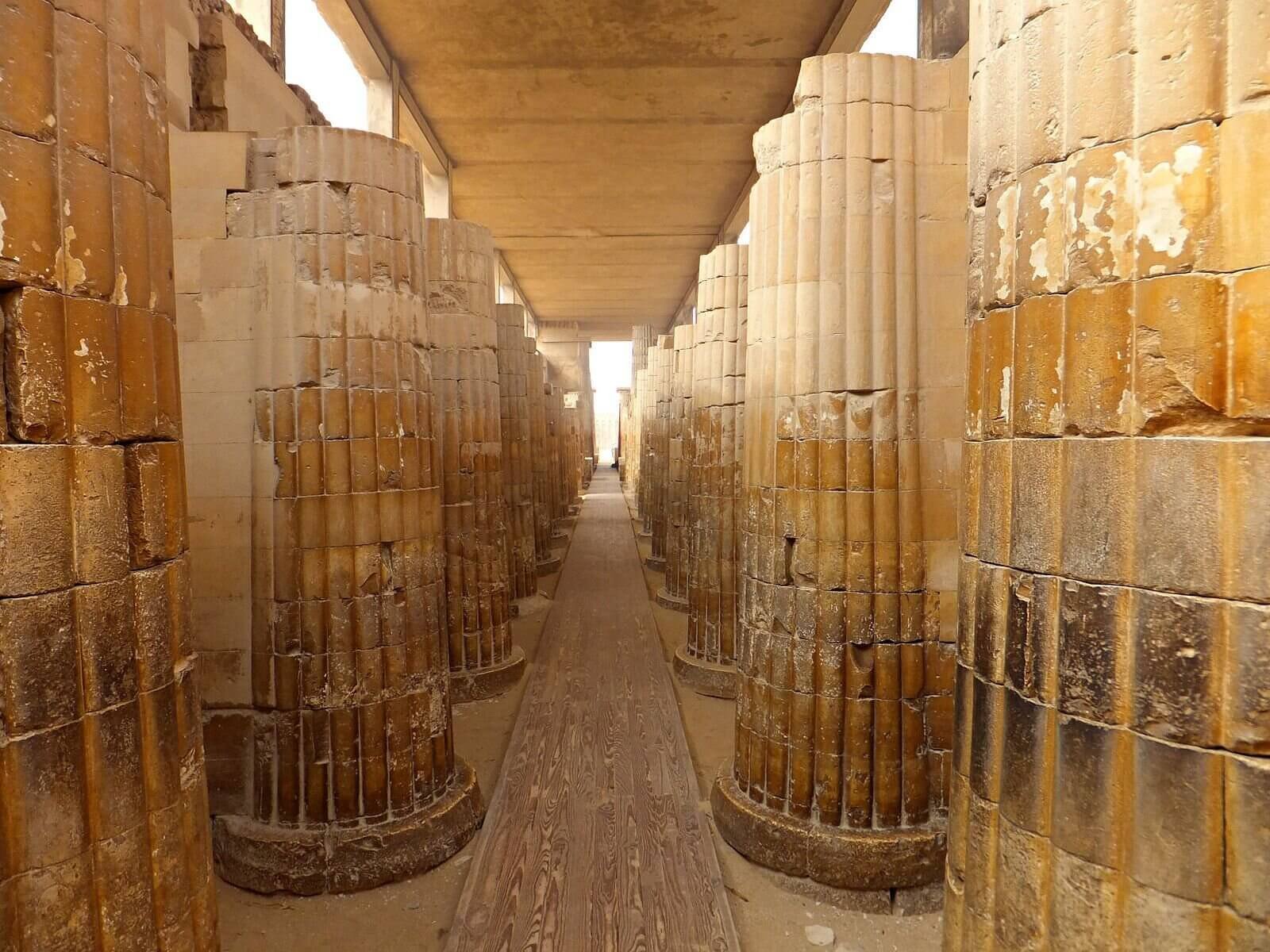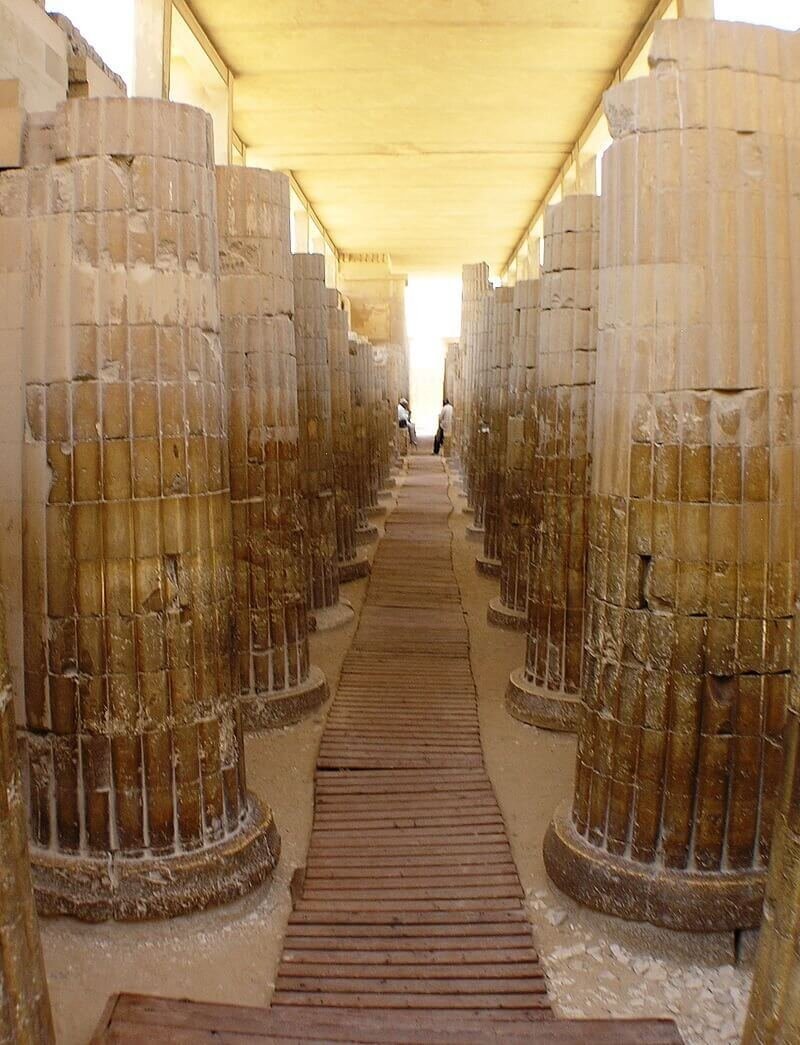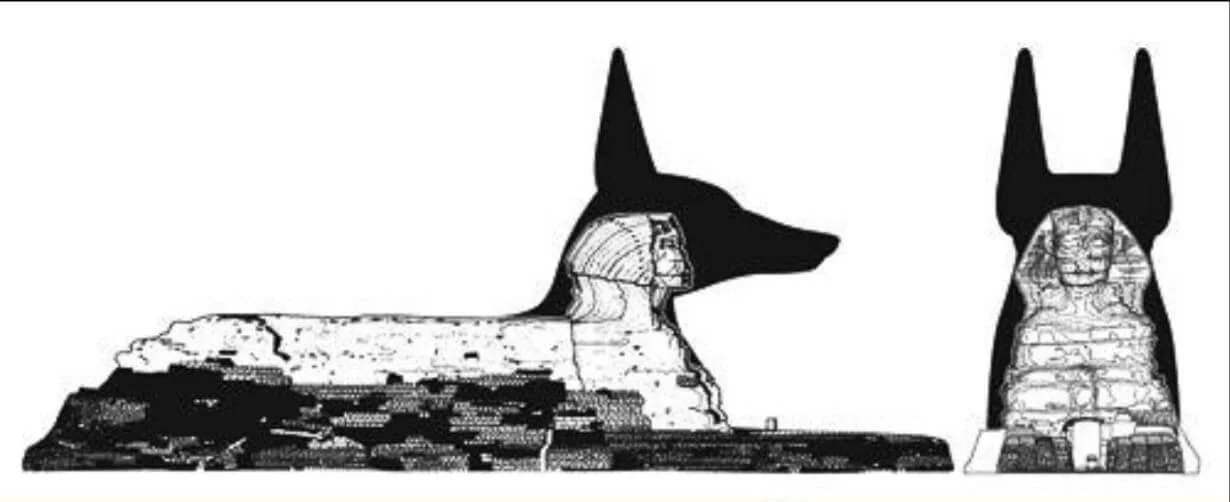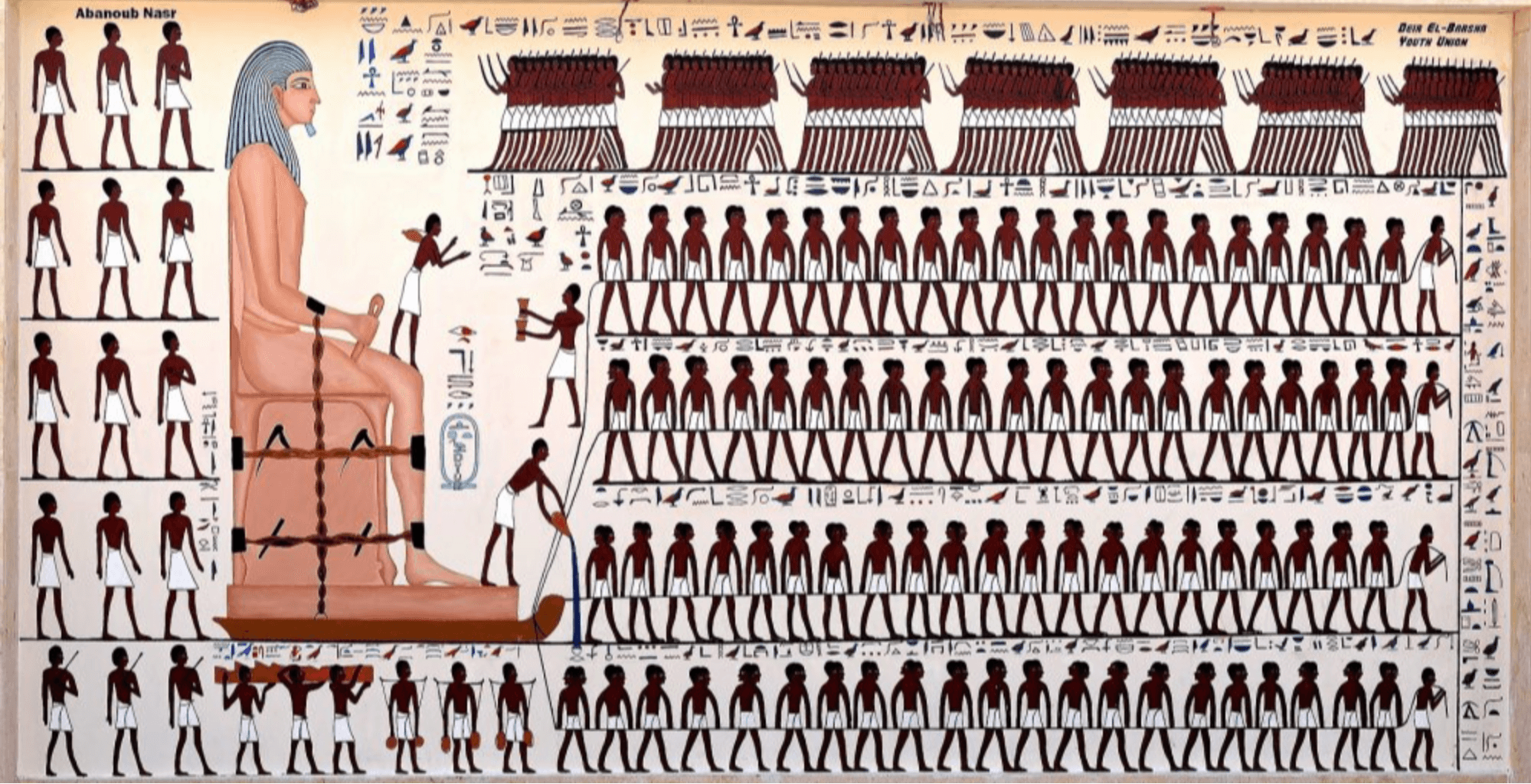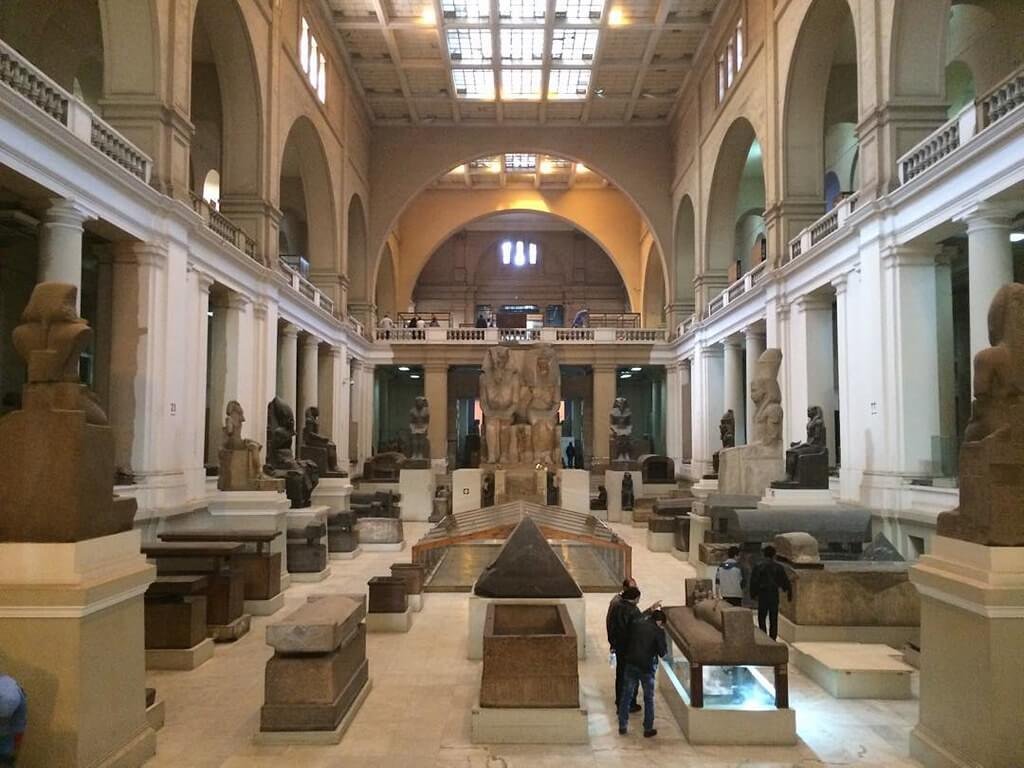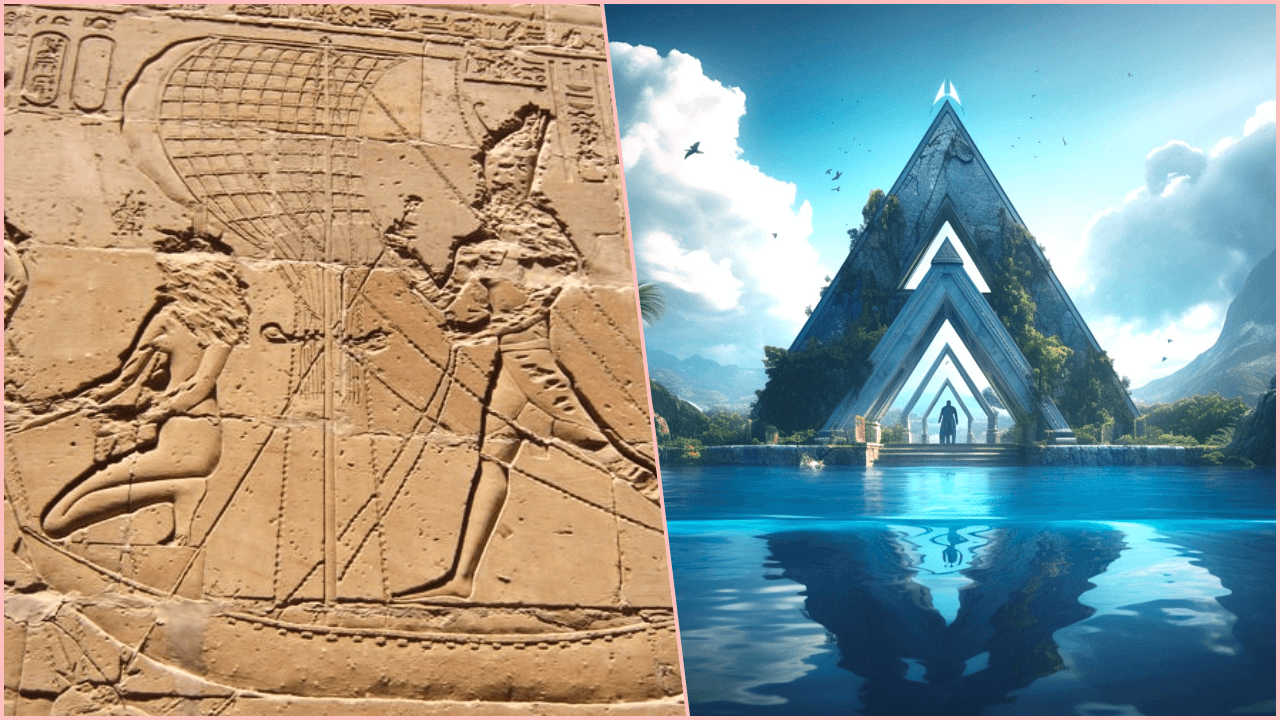The Battle of Kadesh (1274 BC) is one of the most famous military events of antiquity, where Pharaoh Ramses II clashed with the Hittite King Muwatalli II over control of Syria and the strategically located city of Kadesh. Although the battle did not result in a clear victory for either side, Ramses II initiated extensive propaganda in Egypt, proclaiming his grand victory. However, the discovery of Hittite cuneiform texts offered a more balanced and detailed picture of the actual outcome of the battle. This article explores Ramses’ propaganda and the historical revelations that emerged from the Hittite records.
The Historical Background of the Battle
The Battle of Kadesh took place during a period of intense geopolitical turmoil in the Eastern Mediterranean. Egypt and the Hittite Empire, the two greatest powers of the time, were in constant conflict over control of the wealthy lands of Syria, which served as a trade and military hub. Pharaoh Ramses II, seeking to assert Egyptian dominance in the region, invaded Kadesh while Muwatalli II assembled a massive army to defend the city.
The Egyptian Empire under Ramesses II (green) bordering on the Hittite Empire (red) at the height of its power in c. 1279 BC.
Egyptian Propaganda: Ramses as the Victor
Upon returning to Egypt, Ramses II launched a robust propaganda campaign to highlight his victory. Numerous temples, including those at Luxor and Abu Simbel, were adorned with impressive depictions of the battle, showing Ramses personally leading his troops to victory and saving the Egyptian army from disaster. Egyptian records, such as the "Poem of Pentaur," emphasized Ramses' bravery and described the battle as a great Egyptian triumph.
The scenes on the temples depict Ramses as a semi-divine leader, almost single-handedly defeating the Hittites. This propaganda aimed to bolster his image as an invincible and mighty monarch, reinforcing imperial power and political stability within Egypt.
Bas-relief of Ramesses II on his chariot during the Battle of Kadesh against the Hittite Empire under Muwatalli II, south wall in the Hypostyle Hall of the Great Temple of Abu Simbel, Egypt.
The Truth Behind the Battle: Hittite Cuneiform Texts
However, the discovery of Hittite cuneiform texts significantly altered the understanding of the battle. Inscriptions found in Hittite archives, especially in the capital Hattusa, provide a very different version of the events. These texts do not mention a clear victory for either side, confirming the view that the battle ended essentially in a stalemate, with heavy losses on both the Egyptian and Hittite sides.
The Hittite texts highlight Muwatalli II's strategic skill, as he managed to lure Ramses and the Egyptian army into a difficult position near Kadesh. Despite Ramses' attempts to regain control of the situation, the battle did not result in a decisive victory, and both armies withdrew exhausted from the battlefield. These sources suggest that the Hittite strategy was highly effective and that the Hittite leadership succeeded in maintaining control over Kadesh and the surrounding area.
The Egyptian–Hittite peace treaty, on display at the Istanbul Archaeology Museum, is believed to be the earliest recorded example of a written international agreement.
The Peace Treaty: A Significant Aftermath
Despite Ramses’ propaganda, the failure of the battle to resolve the disputes between the two empires eventually led to a historic peace treaty, the first in human history. The "Treaty of Kadesh," signed a few years later (around 1259 BC), is one of the oldest recorded peace treaties in history and survives in both Egyptian and Hittite writing. The treaty established borders between the two powers, ending the bloody conflicts over control of Syria.
This agreement demonstrates that neither the Egyptians nor the Hittites achieved a total victory on the battlefield, confirming the stalemate revealed by the Hittite texts. The fact that the two great empires resorted to a diplomatic solution instead of prolonged military conflict shows their recognition of the need for stability in the region.
The Role of Propaganda in Ancient Egypt
Ramses II’s use of propaganda is a prime example of ancient rulers' efforts to control the narrative of history and strengthen their power by imposing ideological constructs. The exaggerated depiction of his victory at Kadesh was intended not only to create a heroic image for himself but also to distract the people from the actual balance of power in the region.
It is worth noting that this method was not unique to Ramses. Many other ancient leaders used art and writing to present their military or political successes in the most favorable light, regardless of the true outcome of events.
An ancient bas relief depicting a Hittite chariot in combat. The three-man Hittite chariots were no match for the faster and more agile two-man Egyptian chariots at Kadesh.
The Battle of Kadesh is a remarkable example of how propaganda can shape the perception of history. While the Egyptian version of the battle presents Ramses II as the absolute victor, Hittite texts reveal that the truth was far more complex. The stalemate at Kadesh and the subsequent peace treaty demonstrate that neither the Egyptians nor the Hittites achieved a decisive military victory.
The comparison of these two different narratives offers a deeper understanding of the role of propaganda in ancient times and how leaders sought to define their image in history. The discovery of the Hittite texts reminds us that the truth can be very different from the official version of events.











